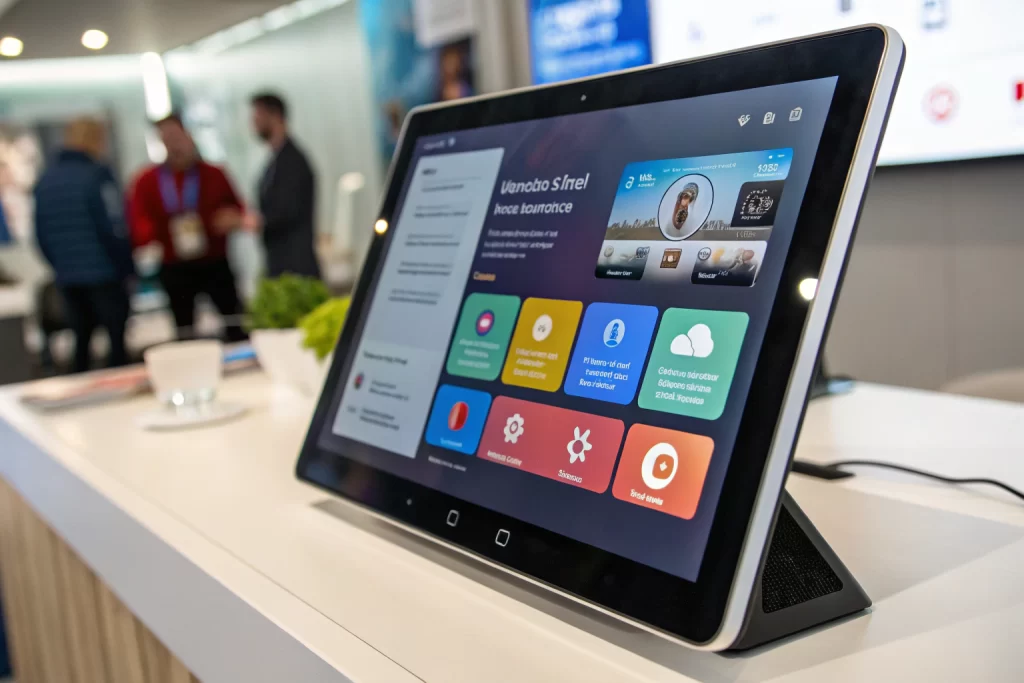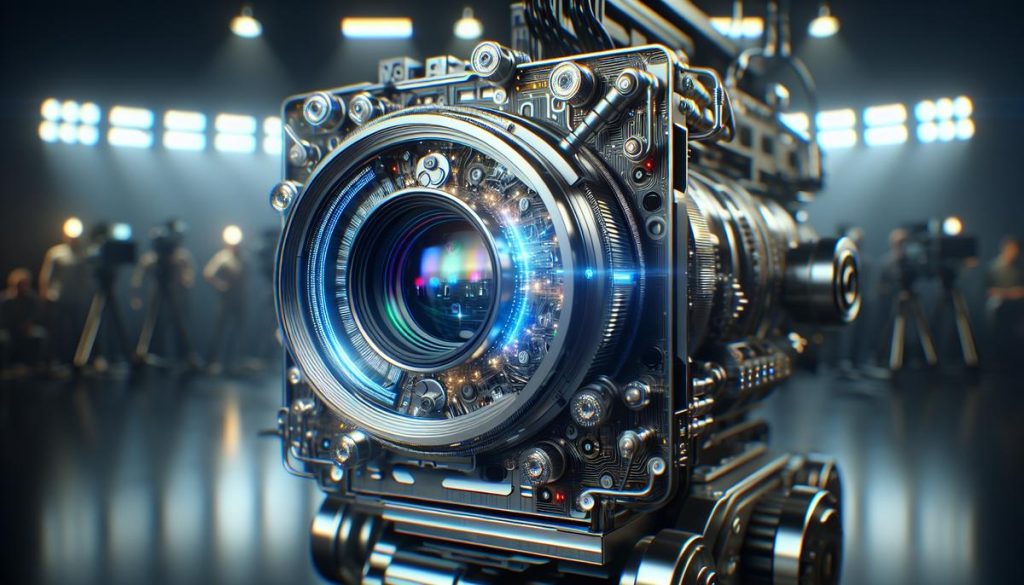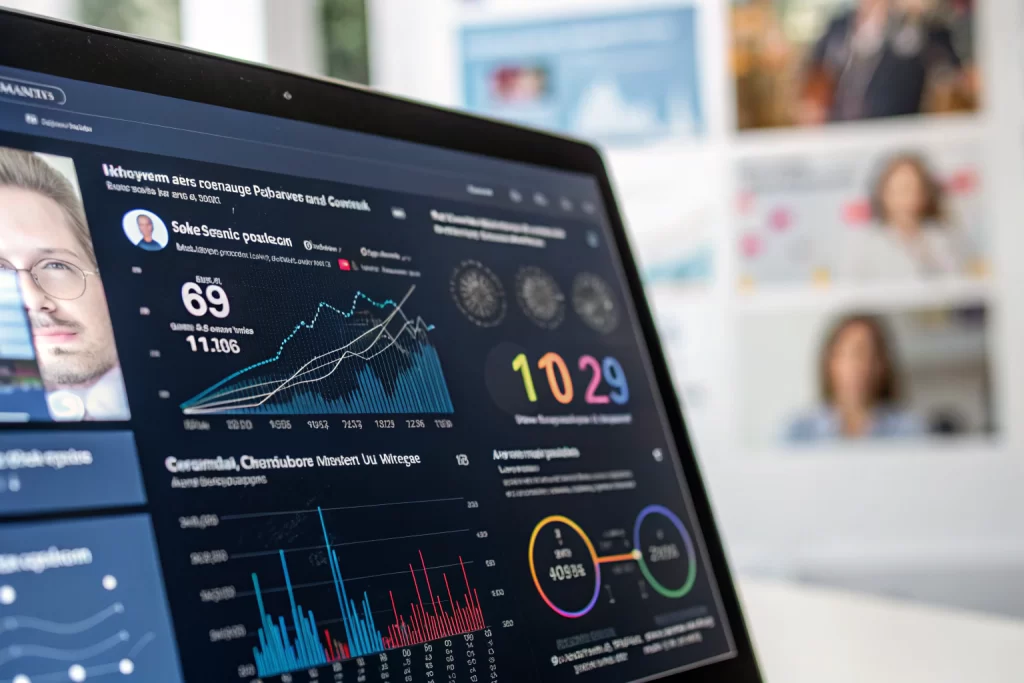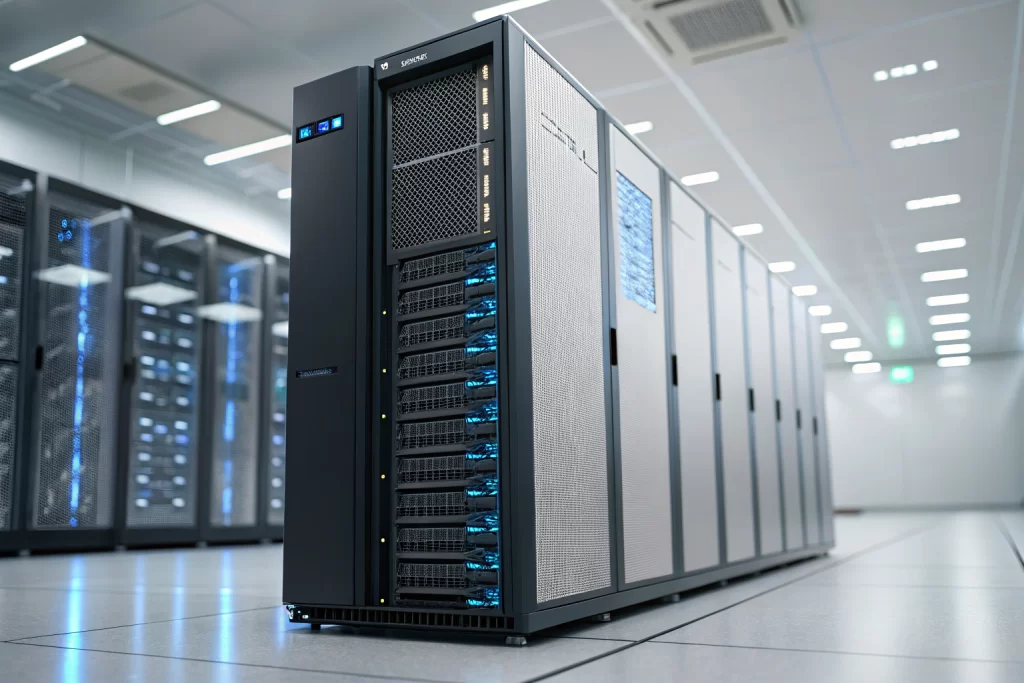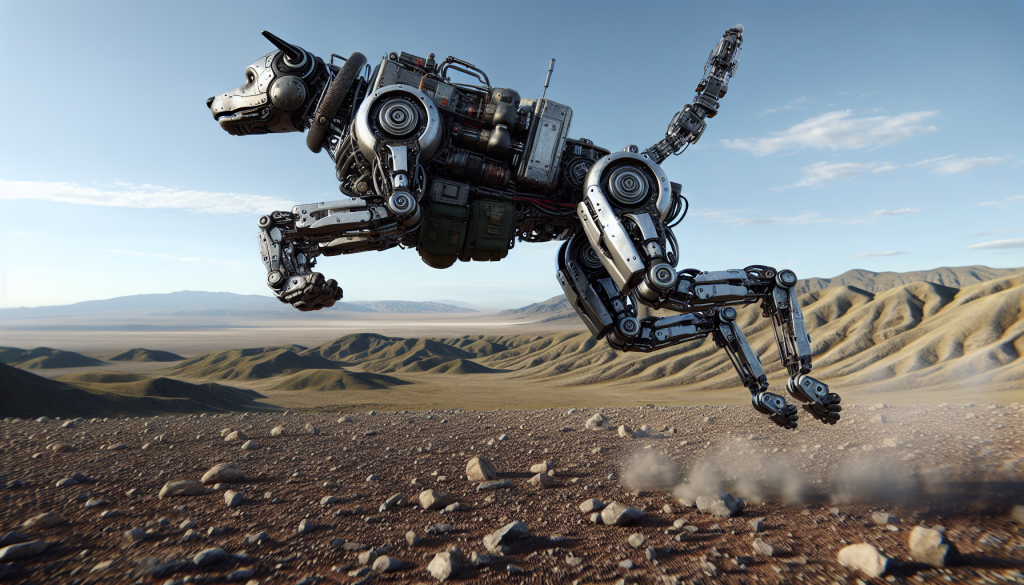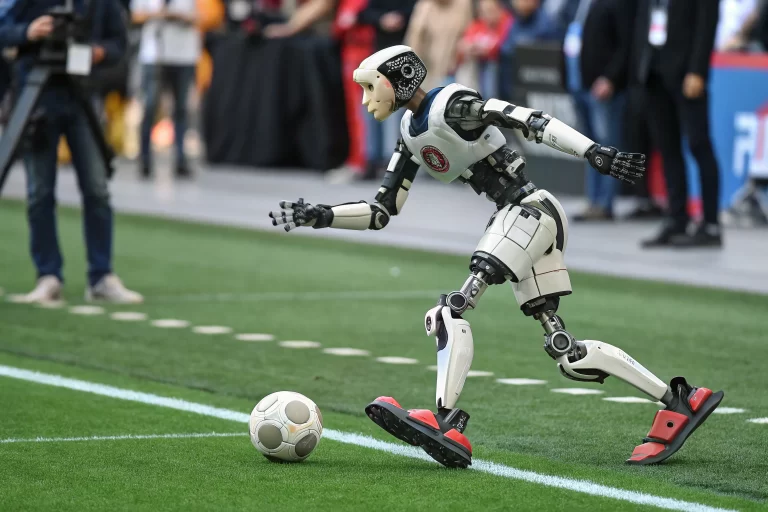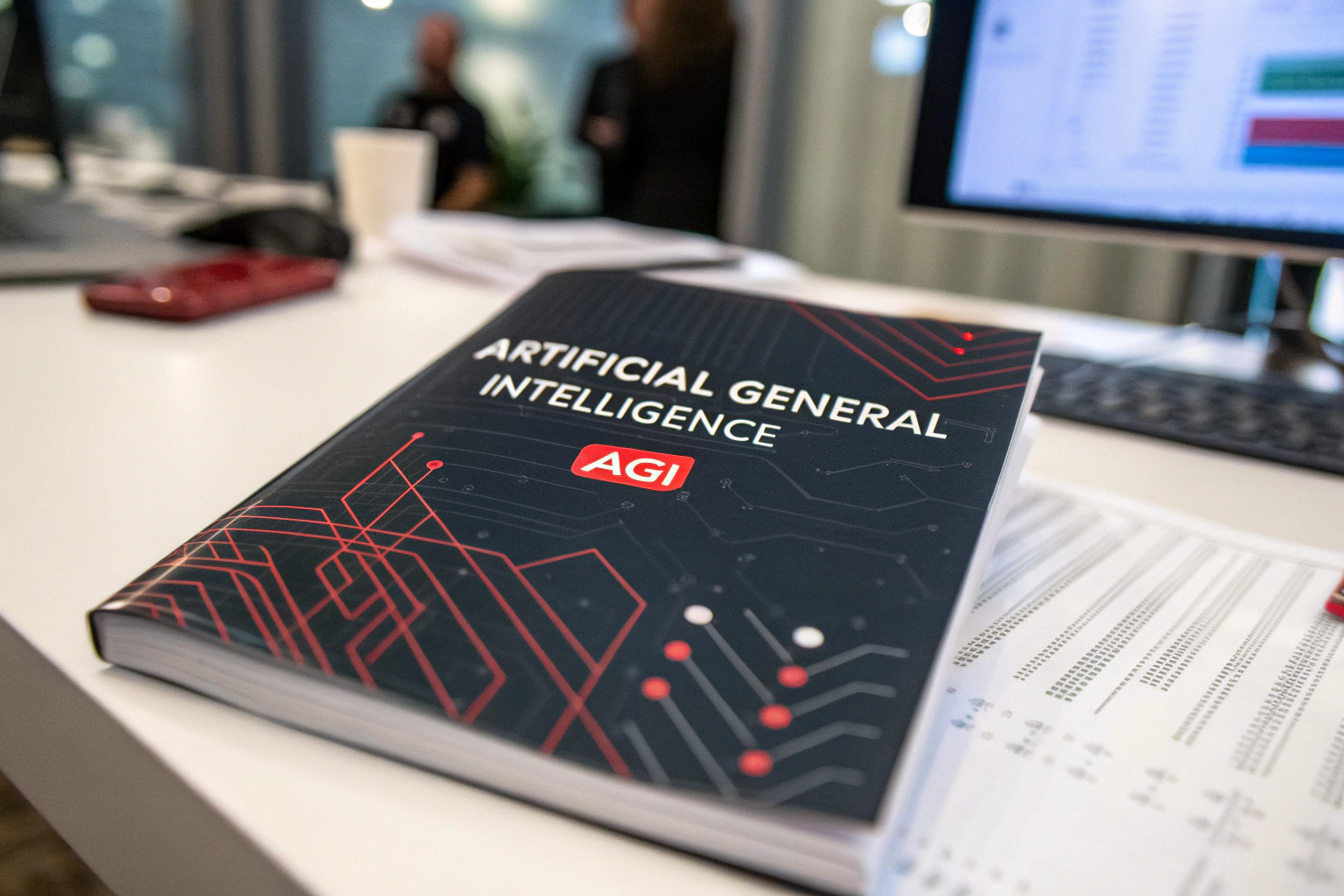
Google DeepMind Aims for AGI by 2030 with New Strategies, While Midjourney Launches Enhanced Image Model and OpenAI Invests in Research Precision
Share your love
Google DeepMind’s ambitious push toward Artificial General Intelligence (AGI) by 2030 highlights a growing trend in AI development—balancing innovation with responsibility. Their recent report emphasizes risk mitigation, contrasting with OpenAI’s more automation-driven strategies. Meanwhile, advancements like Midjourney V7’s personalized image generation and tools such as OpenAI’s PaperBench and TalkToAgent signal a shift toward smarter, more user-centric AI solutions. These innovations are reshaping recruitment strategies, as companies increasingly seek talent capable of navigating this evolving intersection of technology, ethics, and operational efficiency.
Table of Contents
- Google DeepMind Sets AGI Ambitions
- Midjourney V7: A Game-Changer for Image Quality
- OpenAI’s New Research Replication Tool
- Three New AI-Powered Tools Making Waves
- Closing Thoughts
Google DeepMind Sets AGI Ambitions
Google DeepMind has set its sights on achieving Artificial General Intelligence (AGI), predicting it could surpass human intelligence by 2030.
- Comprehensive Report: A detailed 145-page report outlines potential risks such as misuse and misalignment.
- Cautious Approach: It also suggests measures like interpretable decision-making tools and layers of human oversight.
- Competitive Landscape: This cautious strategy contrasts with competitors such as OpenAI, which focuses more on automated systems.
Midjourney V7: A Game-Changer for Image Quality
Midjourney has released version 7 of its image generation model, marking its first update in nearly a year.
- Key Improvements:
- Enhanced Image Quality
- Faster Rendering Times
- User Personalization: Users can now rate roughly 200 images to tailor the model to their preferences.
- Updated Prompting Style: The CEO notes this might require adjustments in users’ prompting styles to achieve smarter and more aesthetically pleasing outcomes.
OpenAI’s New Research Replication Tool
OpenAI has introduced PaperBench, a robust benchmarking tool designed to test AI’s ability to replicate advanced research.
- Initial Findings:
- Human PhDs achieved a 41.4% replication rate, while Anthropic’s Claude 3.5 Sonnet managed only 21%.
- Rising Operational Costs: OpenAI’s latest models have seen costs soar beyond expectations, raising concerns among enterprise customers about efficiency and pricing.
Three New AI-Powered Tools Making Waves
- Neuron AI
Developed by Unum Labs, this tool offers privacy-first, on-device AI capabilities. - TalkToAgent
A service designed to create AI agents for businesses, enhancing user engagement and boosting sales. - Databar.ai
A tool that automates data collection without requiring code, streamlining workflows and enabling real-time data enrichment.
Closing Thoughts
As we wrap up today’s news, remember to keep an eye on the rapid developments in the field of Artificial Intelligence. Stay informed and stay curious! Have a fantastic day!
